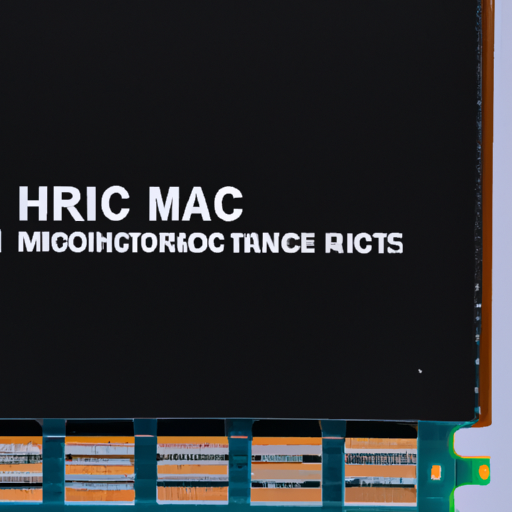Overview of TRIAC Technology and Applications
TRIACs (Triode for Alternating Current) are essential semiconductor devices used for controlling AC power. They are particularly valued for their ability to manage current flow in both directions, making them ideal for a wide range of applications, from lighting control to motor speed regulation. Below, we delve into the core functional technology of TRIACs and explore various application development cases.
Core Functional Technology of TRIACs
| 1. Structure and Operation | |
| 2. Triggering Mechanism | |
| 3. Bidirectional Control | |
| 4. Zero-Crossing Detection | |
| 1. Light Dimmers | |
| 2. Motor Speed Control | |
| 3. Heating Control | |
| 4. Solid-State Relays (SSRs) | |
| 5. Home Automation | |
Application Development Cases
Key Considerations in TRIAC Applications
| Heat Dissipation: TRIACs can generate significant heat during operation. Adequate heat sinking and thermal management are crucial to prevent overheating and ensure reliable performance.Heat Dissipation: TRIACs can generate significant heat during operation. Adequate heat sinking and thermal management are crucial to prevent overheating and ensure reliable performance. |
| Snubber Circuits: To protect TRIACs from voltage spikes and transients, snubber circuits (composed of resistors and capacitors) are often implemented. These circuits help absorb voltage spikes and prolong the life of the TRIAC.Snubber Circuits: To protect TRIACs from voltage spikes and transients, snubber circuits (composed of resistors and capacitors) are often implemented. These circuits help absorb voltage spikes and prolong the life of the TRIAC. |

- Gate Sensitivity: Different TRIACs exhibit varying gate sensitivities. Selecting a TRIAC with appropriate gate characteristics is essential for reliable triggering and operation in specific applications.
Conclusion
TRIACs are versatile and powerful components that play a vital role in controlling AC power across a variety of applications. Their ability to handle bidirectional current and be triggered by a small gate current makes them ideal for use in light dimmers, motor controls, heating systems, and more. Understanding the core technology and application cases of TRIACs enables engineers to design effective and efficient control systems, contributing to advancements in automation and energy management.
Overview of TRIAC Technology and Applications
TRIACs (Triode for Alternating Current) are essential semiconductor devices used for controlling AC power. They are particularly valued for their ability to manage current flow in both directions, making them ideal for a wide range of applications, from lighting control to motor speed regulation. Below, we delve into the core functional technology of TRIACs and explore various application development cases.
Core Functional Technology of TRIACs
| 1. Structure and Operation | |
| 2. Triggering Mechanism | |
| 3. Bidirectional Control | |
| 4. Zero-Crossing Detection | |
| 1. Light Dimmers | |
| 2. Motor Speed Control | |
| 3. Heating Control | |
| 4. Solid-State Relays (SSRs) | |
| 5. Home Automation | |
Application Development Cases
Key Considerations in TRIAC Applications
| Heat Dissipation: TRIACs can generate significant heat during operation. Adequate heat sinking and thermal management are crucial to prevent overheating and ensure reliable performance.Heat Dissipation: TRIACs can generate significant heat during operation. Adequate heat sinking and thermal management are crucial to prevent overheating and ensure reliable performance. |
| Snubber Circuits: To protect TRIACs from voltage spikes and transients, snubber circuits (composed of resistors and capacitors) are often implemented. These circuits help absorb voltage spikes and prolong the life of the TRIAC.Snubber Circuits: To protect TRIACs from voltage spikes and transients, snubber circuits (composed of resistors and capacitors) are often implemented. These circuits help absorb voltage spikes and prolong the life of the TRIAC. |

- Gate Sensitivity: Different TRIACs exhibit varying gate sensitivities. Selecting a TRIAC with appropriate gate characteristics is essential for reliable triggering and operation in specific applications.
Conclusion
TRIACs are versatile and powerful components that play a vital role in controlling AC power across a variety of applications. Their ability to handle bidirectional current and be triggered by a small gate current makes them ideal for use in light dimmers, motor controls, heating systems, and more. Understanding the core technology and application cases of TRIACs enables engineers to design effective and efficient control systems, contributing to advancements in automation and energy management.






